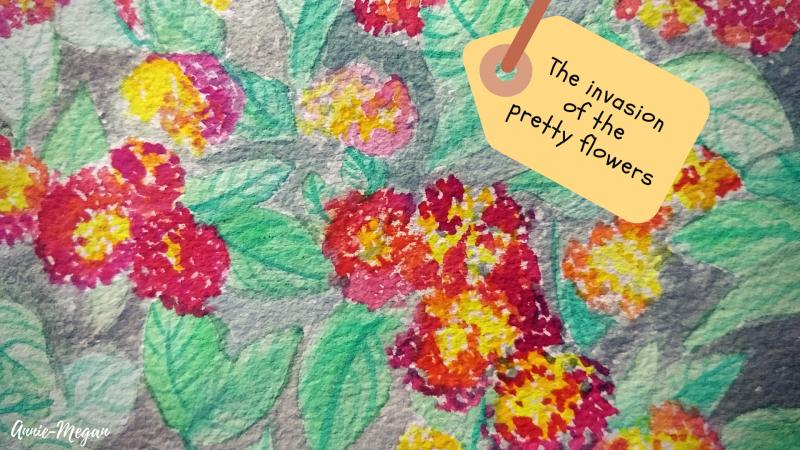
Have you ever noticed a plant on the roadside or on empty lands that’s blooming throughout the year with a colour palette of flowers? The chances are that you have spotted one of the most pervasive invasive plants in India—Lantana camara.
Invasive plant species are plants that are not native to a region and cause ecological or economic harm to the areas where they are introduced. The Global Invasive Species Database reports 68 such invasive plant species present in India—some introduced accidentally and others intentionally. For example, Lantana camara was introduced in India for aesthetic reasons; Prosopis juliflora or Mesquite, as firewood and border crop in agricultural lands; Eichhornia crassipes or Water Hyacinth to reduce evaporation in water bodies, and Kappaphycus alvarezii or Elkhorn Sea Moss for producing carrageenan—a food additive.
Invasive plant species thrive better than native species because they can reproduce better by attracting more pollinators and dispersing their seeds wider. They are also better adapted to environmental changes, resist pests and have better defences against predators. Hence, they have been able to spread uncontrollably, reducing the abundance and diversity of the competing native species. Control of these invasive plant species through different mechanical, chemical and biological methods have proven to be ineffective.
However, not all introduced exotic species develop into invasive species. Though the exact mechanism of how an exotic plant becomes invasive is not entirely understood, scientists estimate that one in a hundred introduced alien plants can turn invasive after a certain period.
Until now, screening potentially invasive plant species from a plethora of introduced exotic plants was a challenging task. Current research states that most of these invasive flowering plants hold a common defining trait—having multiple flower colours and continued flowering for more than one season. Also, exotic plant species that display more than one flower colour and flower non-seasonally have a 50-fold higher chance of becoming an invasive species, if introduced.
Preventing the introduction of potential invaders is the most effective way to control invasive species. Screening plant species that display more than one flower colour and non-seasonal flowering will help prevent further introduction and spread of invasive plant species. Controlling the introduction and spread of invasive species will help preserve our native biodiversity and cut down associated economic loss.





